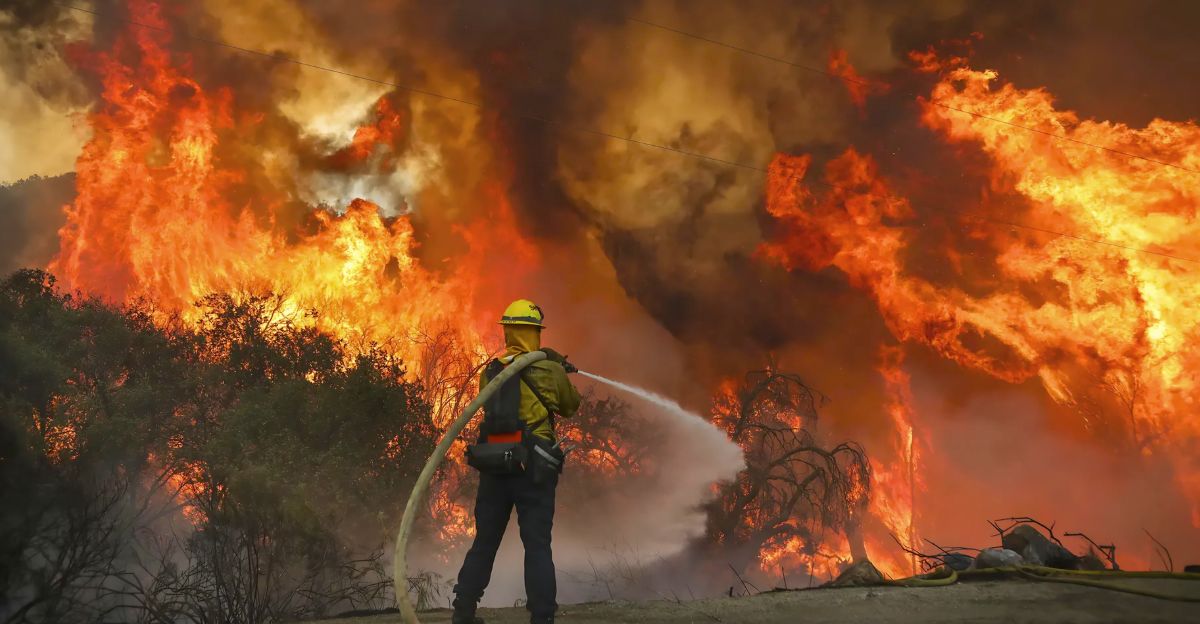
On Sunday, June 29, 2025, the Wolf Fire exploded in Riverside County, California, burning 1,400 acres within hours, prompting lockdown and evacuation orders for an estimated 320,000 residents.
As the flames leapt upward and forward, and smoke blanketed entire cities, emergency alerts flashed on phones, and roads jammed with cars fleeing the encroaching flames. But it was only the beginning.
What started as a single wildfire quickly set off a cascade of disruptions, affecting air quality, wildlife, local businesses, and even national conversations about how we coexist with fire. The waves from this one evening still ripple across the region.
The Roots of a Raging Blaze
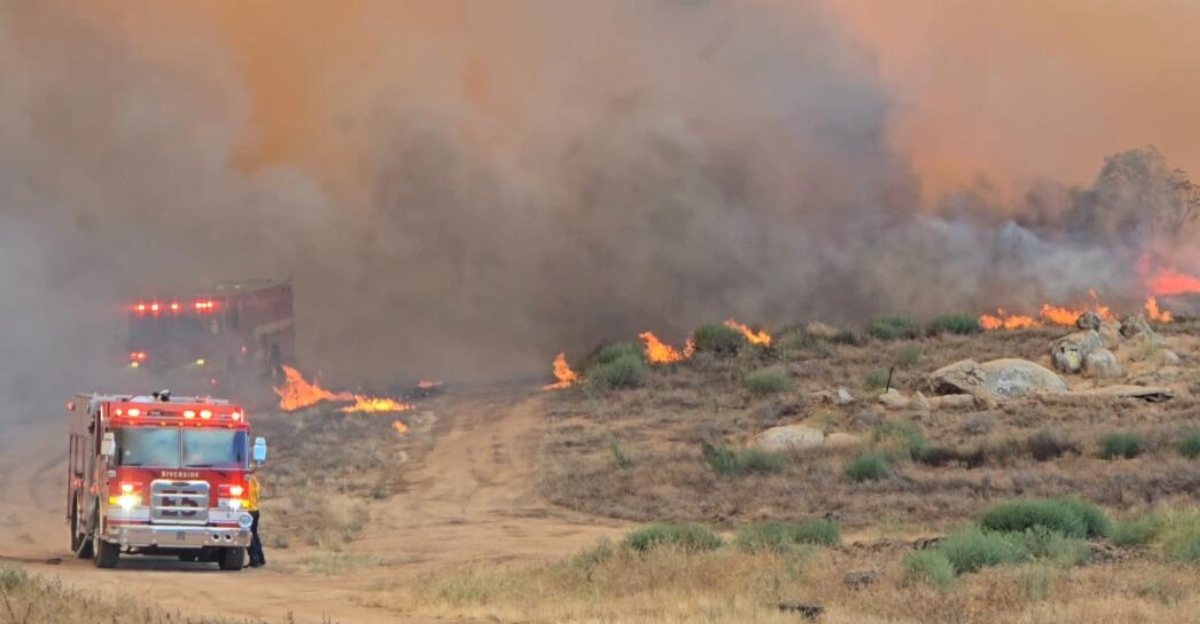
The Wolf Fire began around 3 p.m., south of Old Banning Idyllwild Road and Wolfskill Truck Trail, and its rapid spread was no fluke.
While the cause of the fire remains under investigation, it was likely fueled by relentlessly hot weather conditions (5 to 10 degrees above average), bone-dry brush, and gusty winds. According to Cal Fire, the fire raged across “steep and rocky” terrain.
This volatile brew set the stage for impending disaster, which has resulted in evacuations and lockdowns, and devastating environmental destruction.
Lockdown Orders: 320,000 Residents Ordered to Stay Indoors
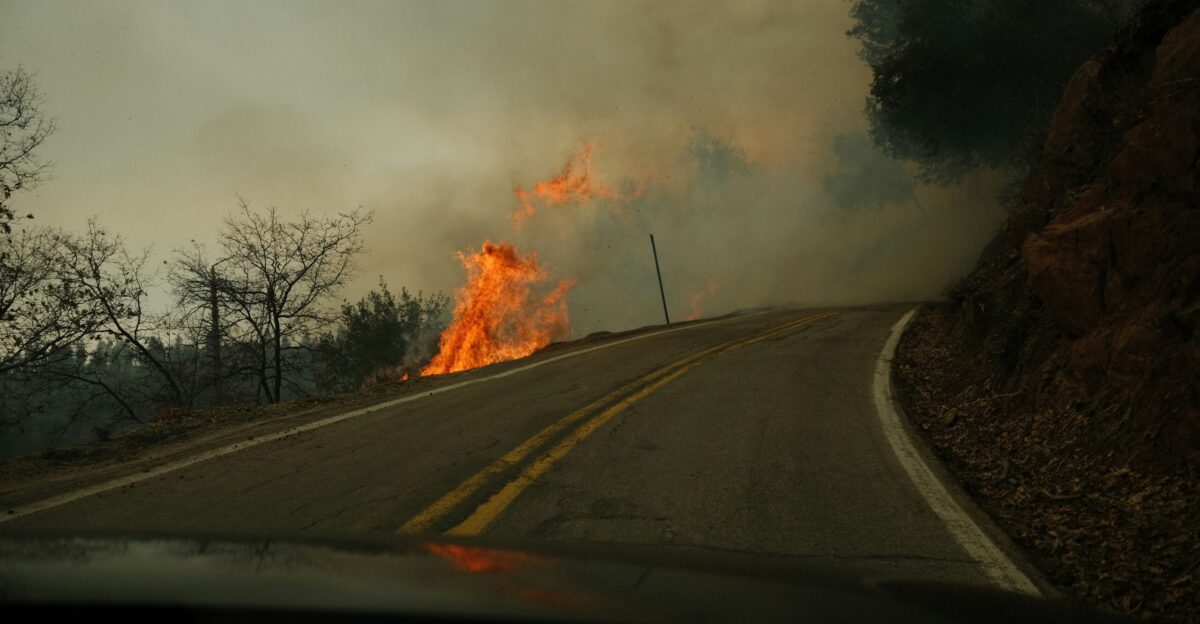
As the flames spread rapidly overnight, CBS News reported that officials had issued blanket evacuation and lockdown orders for communities in and around Banning, Cabazon, and mountain towns south of Interstate 10.
The goal was to move people out of harm’s way and prevent gridlock on evacuation routes. But this posed a risk, too. The air was thick with smoke, so officials urged everyone, especially those with medical conditions, to seal their homes and remain indoors. As the Wolf Fire raged, it endangered thousands of homes and forced the closure of major mountain highways, including Idyllwild Road.
Wildlife On the Move: The Fire’s First Victims
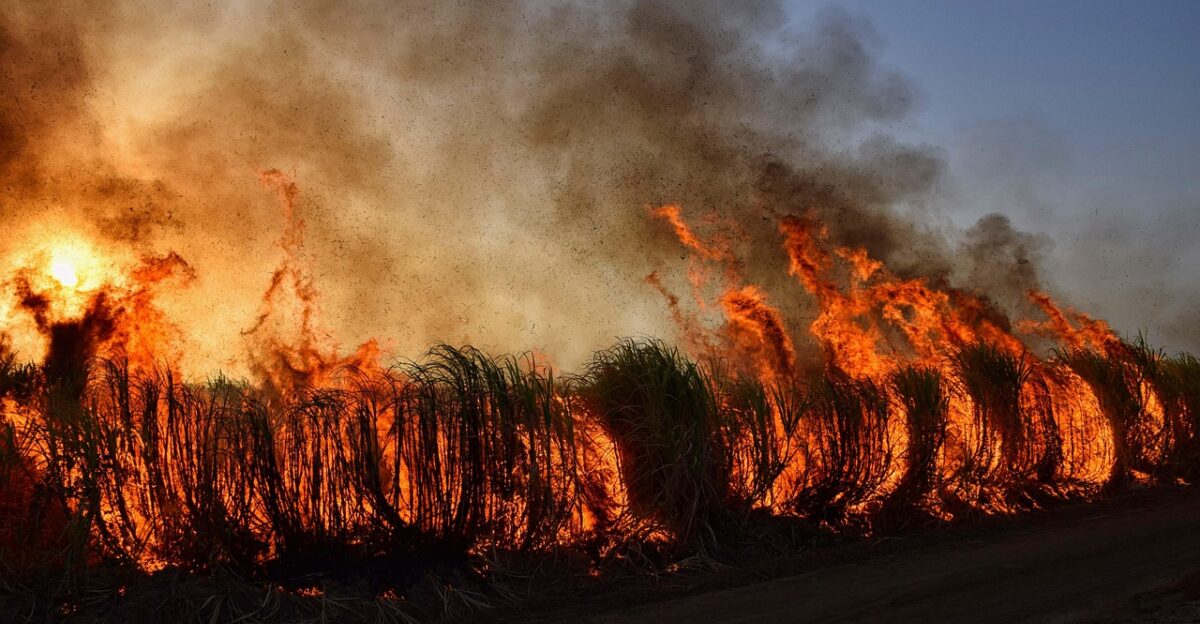
While the fire consumed chaparral and forest, local wildlife had to flee, hide, or perish. NC State University explains that some animals, like deer and coyotes, moved ahead of the fire, while weaker or less mobile species—reptiles, young mammals, and ground nesters—were caught by the fire.
The fire has left the land devoid of food and shelter, and any animal survivors were forced to wander into unfamiliar territory, crossing into urban areas looking for shelter.
According to Watchers News, local wildlife refuges and wildlife rehabilitation centers received an influx of calls, as individuals encountered displaced or injured animals.
The Environmental Impact
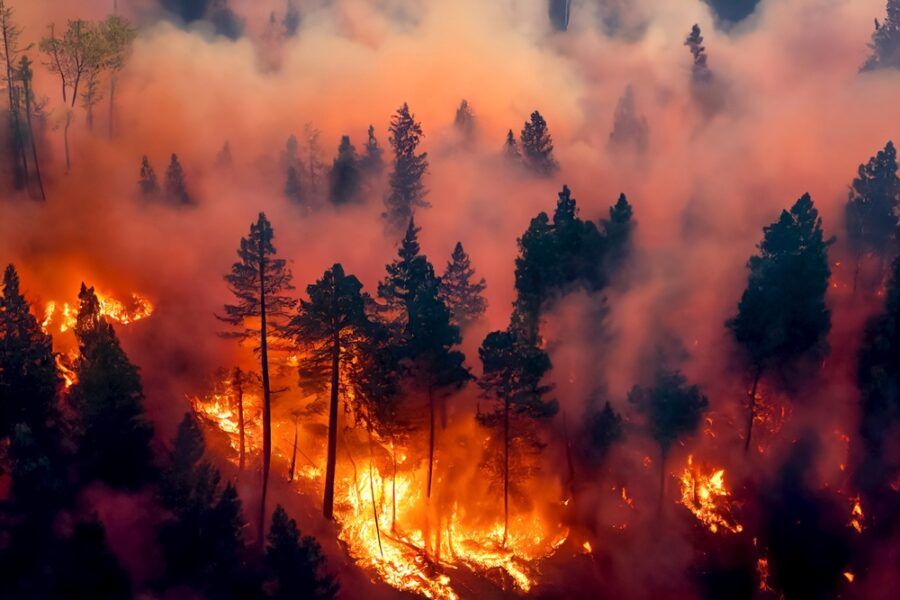
The environmental effects of the Wolf Fire extend far beyond the destroyed landscape. Experts from NC State University warn that repeat fires will reshape California’s landscapes, perhaps irreversibly.
Right now, though, ash and debris contaminate water bodies, and charred terrain exposes hillsides to landslides and erosion when the rainy season returns.
The fire’s smoke, filled with fine particulates, poses risks of respiratory illness in wildlife and livestock statewide. Further, the disruption of pollinator habitats and soil health in agricultural areas could affect the food supply for decades.
What Happens When Wildfires Become the Norm?
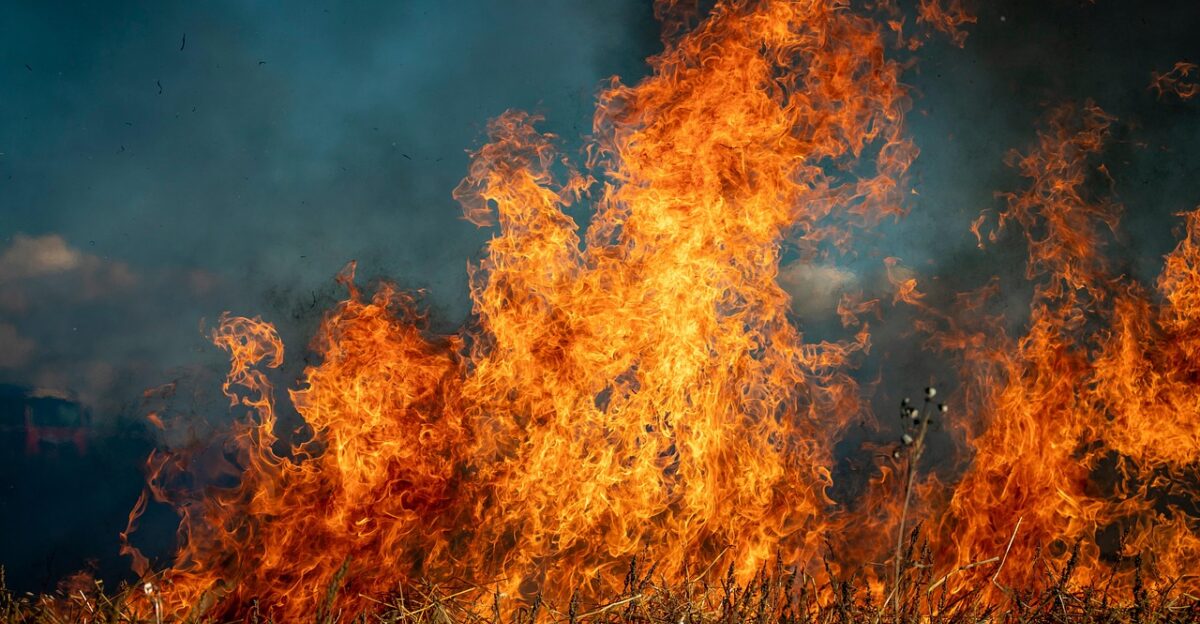
The Wolf Fire isn’t an isolated incident. Wildfires are becoming increasingly common in California, but they’re also becoming more challenging to fight, fueled by global warming and decades of land management decisions.
These “megafires” reshape landscapes, threaten endemic plants and animals, and push the resilience of human and animal societies to the limit. Ongoing fires, year after year, can irreversibly alter regrowth, which may favor some species while devastating others.
Voices from the Front Lines: How Locals and Firefighters Are Coping
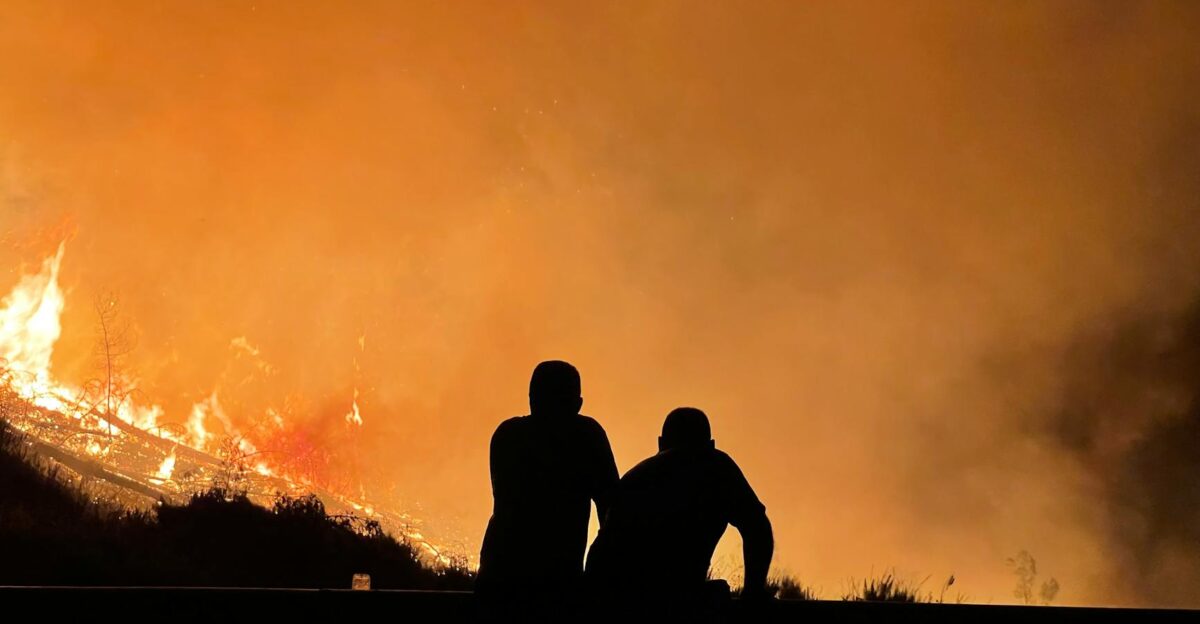
Local firefighters responded quickly to the threatening fire, while residents stayed glued to their devices, awaiting real-time updates on social media and from news outlets.
Inside evacuation camps and on the fire lines, over 300 firefighters at the Wolf Fire alone described battling the fire in treacherous country. Thus far, three people have been hurt, but no fatalities have been reported (CBS News, 2025).
During the chaos, local volunteers and organizations distribute food, masks, and morale, displaying a softer heroism that rarely makes headlines.
Lawmakers and Leaders: What’s Being Done—and Debated
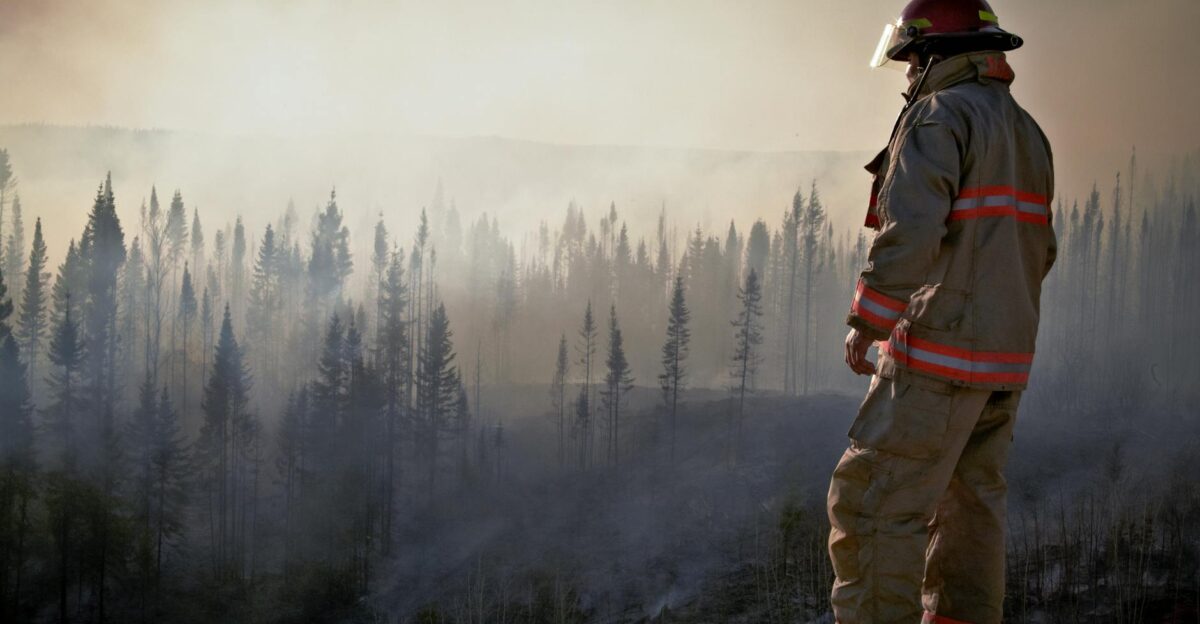
The lockdown orders unlocked state and federal funds, and local governments collaborated with Cal Fire and the Red Cross to provide shelter and animal care (The Los Angeles Times, 2025).
But beyond that, the fire reignited policy debates over wildfire preparedness, climate resilience, land use, more militant forest management, stricter building codes, and greater air quality monitoring.
Some cautioned that investing in early warning systems and community education is needed. In contrast, others argued that climate change should be addressed to target the root causes of these larger-scale disasters.
How to Prepare: Lessons for the Next Fire
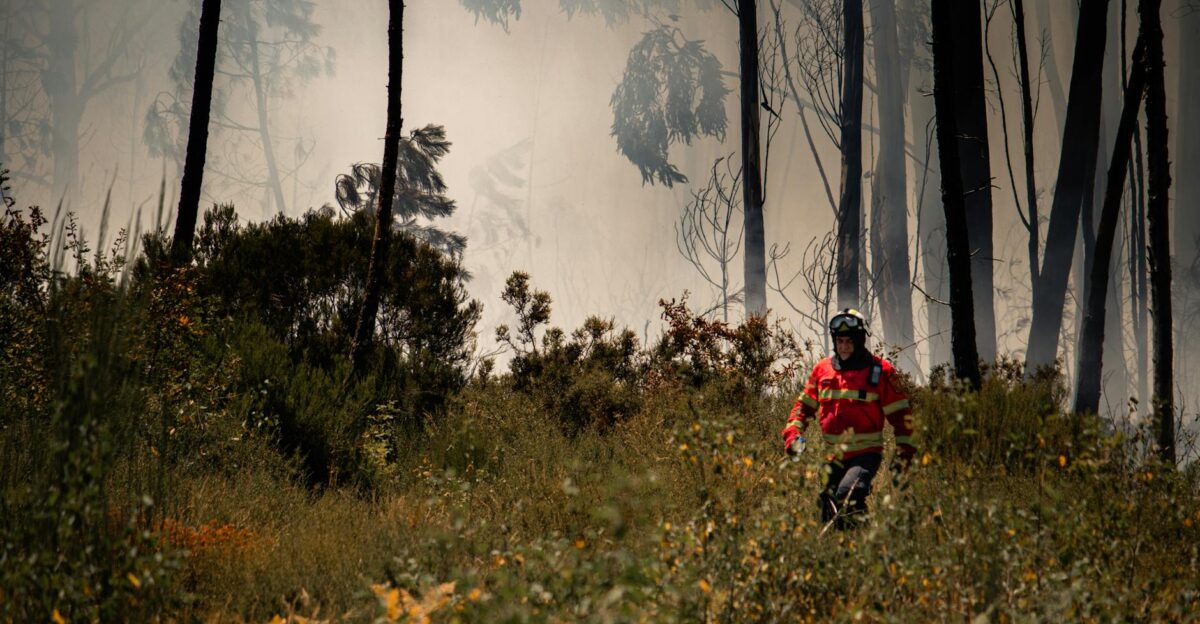
Experts advise residents in fire-prone areas to create defensible space around homes, ready emergency supply kits, and identify more than one evacuation route. Further, investing in air purifiers and sealing windows can minimize smoke exposure for homebound residents.
In preparation, communities embrace fire-resistant landscaping, controlled burns, and even new insurance products that reduce risk. Protecting wildlife and the environment means defending habitat corridors and investing in post-fire rehabilitation.
What the Wolf Fire Means for Our Future
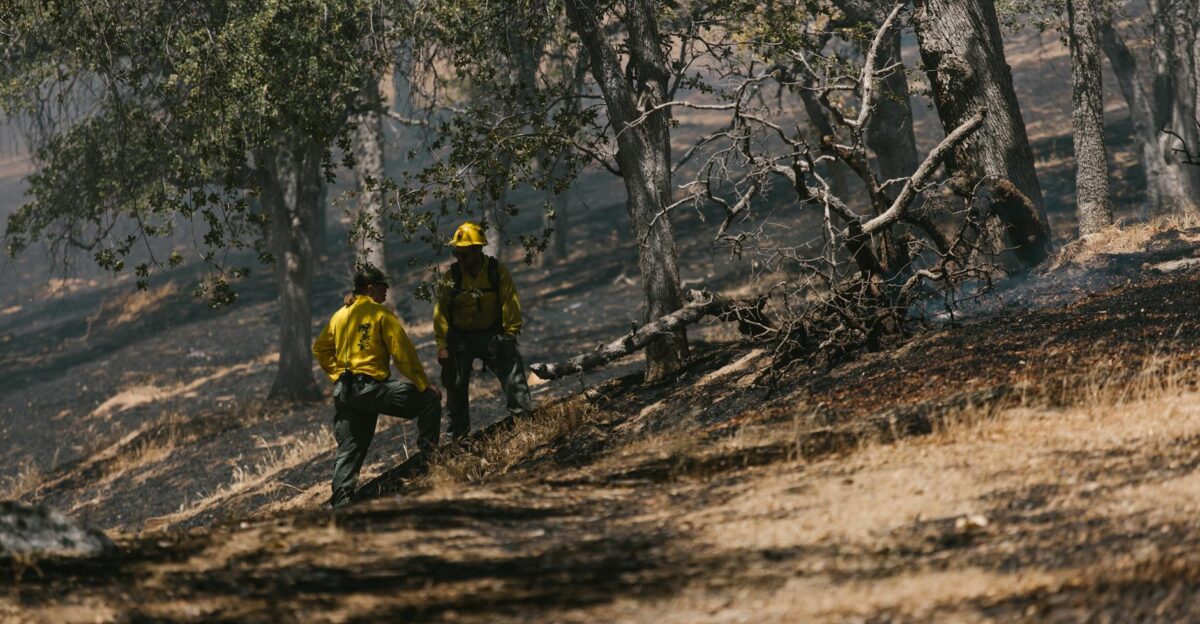
The Wolf Fire’s rapid destruction is a stark reminder that one incident can send shockwaves through public health and safety, wildlife and environmental concerns, policy, and culture.
When the lockdowns are over and the smoke clears, the true legacy of the fire will be measured not in the acres destroyed but in how communities heal, rebuild, and reshape their relationship with fire.







